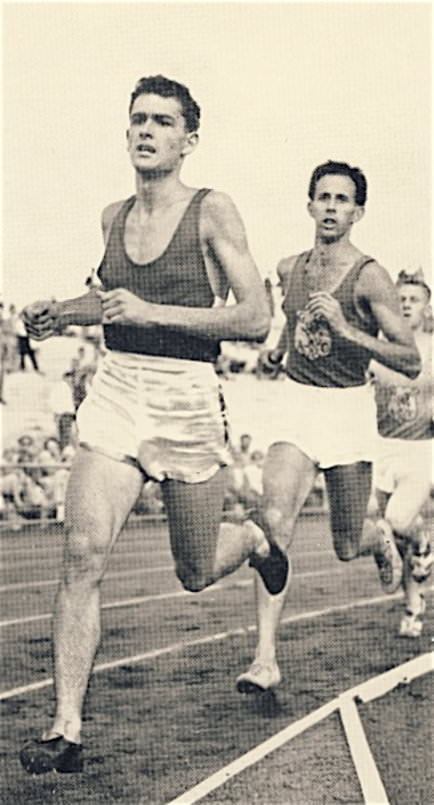
Profile: Ron Clarke1937-2015 One of the great distance runners of the 20th century, this Australian broke new ground in the longer track races, just as Emil Zatopek had done 15 years earlier. Comparisons across different eras are difficult, but some statistics are illuminating. Clarke reduced the 5,000 WR by 9.2 seconds, Zatopek by 1.0; Clarke reduced the 10,000 by 38.6 seconds, Zatopek by 33.0. So Clarke wins on that score. However, competitively, Zatopek wins on an Olympic medal count with four gold and one silver to Clarke’s one bronze. This second comparison underlines the one flaw in Clarke’s career—his relatively poor competitive record in major races. Still, both men were for a time the dominant distance runner in the world. Perhaps the main difference between the two was that Clarke was more of a front runner than Zatopek. Zatopek had a race-winning kick, whereas Clarke, despite his claims to the contrary, did not. This comparison is not complete without acknowledging Zatopek’s great admiration for Ron Clarke. In 1966 Zatopek invited the Australian to Czechoslovakia, and as a parting gift he gave him his 1952 Olympic 10,000 medal with the following words: “Not out of friendship but because you deserve it.”
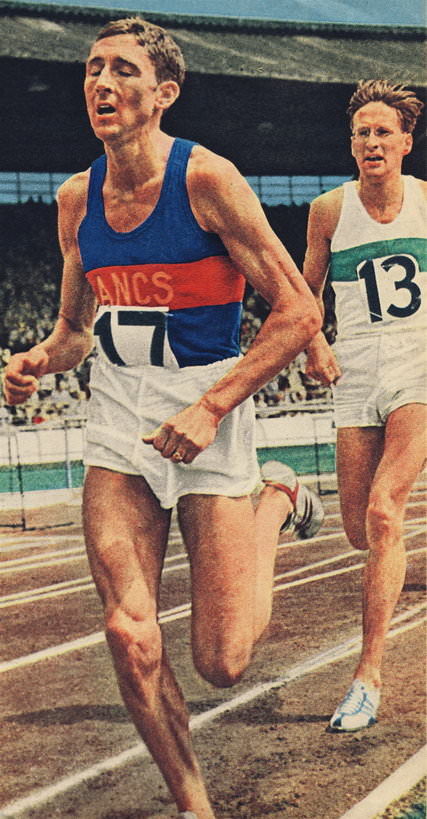
Ron Hill Profile: Part One1938-2021 (This is by far the longest profile I have written. I have tried to keep it brief, but there is so much material to cover. Much of the information here comes from Ron Hill’s wonderful autobiography The Long Hard Road, Part One and Part Two. Quotations from it are acknowledged by noting the part and the page (i.e., 1:222). I highly recommend Hill’s autobiography; it gives an honest, detailed account of all aspects of Hill’s life as a runner.) In the history of distance running, few have challenged human physical limits more radically than Ron Hill. The 828 pages of his two books describe for us in rich detail the “trials and tribulations” he endured while trying to become the world’s best distance runner. After reading these pages, no one can question his courage, dedication and determination.
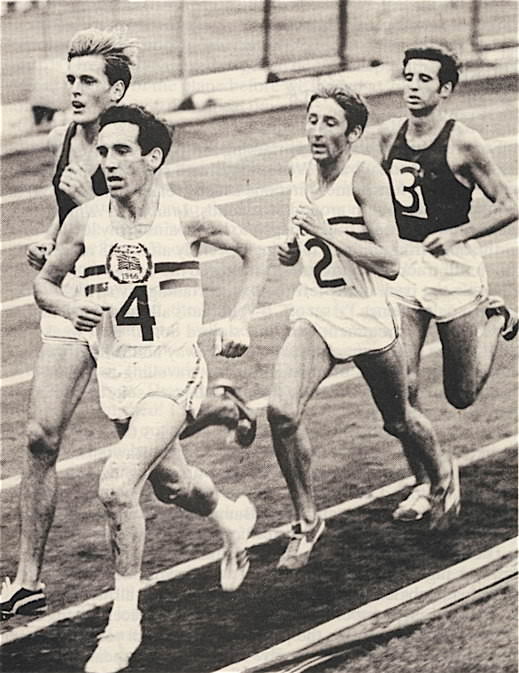
Ron Hill Profile: Part Two 1938-2021 Ron Hill’s seventh place in the 1968 Olympic 10,000 final was his first good performance in a major games. After disappointments in the 1962 Euros, the 1964 Olympics, the 1966 Commonwealth Games and the 1966 Euros, he had finally performed up to his expectations in Mexico. “With such a good run,” he wrote, “I was confident that my training program was right. Long term, I now had the Munich Olympics, and the Marathon there, firmly set in my sights; but, before that, The European Games in Athens (1969) an the Commonwealth Games in Edinburgh (1970) were to be looked forward to.” (1:404) What he wanted most was an Olympic gold medal--“the ultimate symbol of success in running” (2:6)--or if not that, then a European or Commonwealth gold medal.
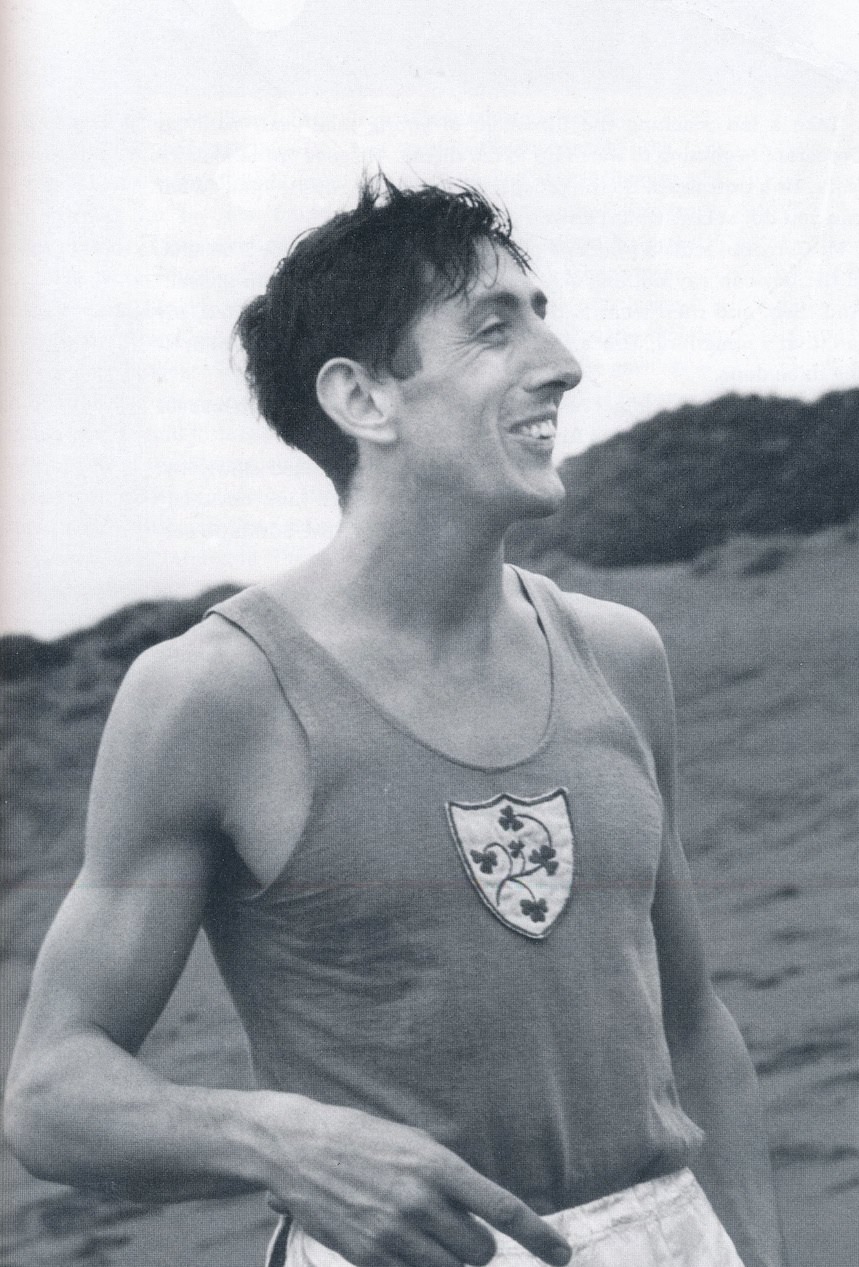
Ronnie Delany Profile b. 1935 Irishman Ron Delany’s development from a 17-year-old 2:04 half –miler to a 21-year-old Olympic 1,500 champion can justly be called meteoric. Of course, he had natural ability, but there were other ingredients in the mix. He had an inner strength that is rarely found in a teenager. This mental focus enabled him to train hard and to race brilliantly. He was also fortunate in obtaining an athletic scholarship to train under Jumbo Elliott at Villanova University in the US. Over two years Elliott trained and raced him to perfection, instilling in him the belief that he was a miler and that he could win at the 1956 Melbourne Olympics. And Delany did just that against a stellar field of experienced runners. Rarely has a middle-distance runner reached the very top so quickly.
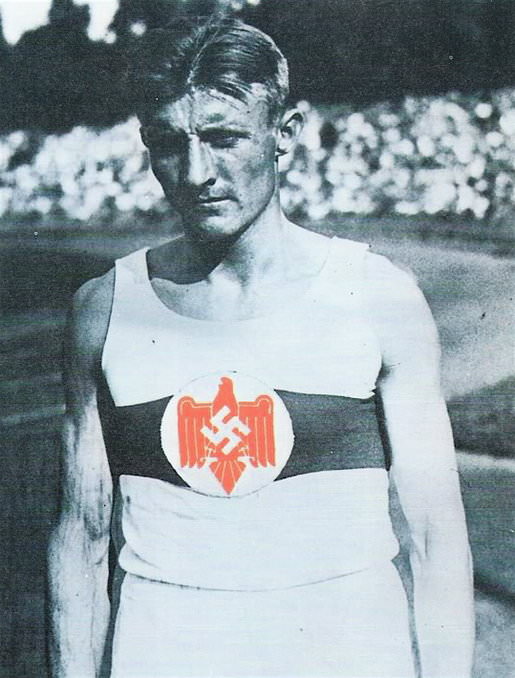
PROFILE: RUDOLF HARBIG1913-1944 Remembered mainly for his 400 and 800 world records in 1939, Rudolf Harbig was also a great competitor who could produce his best performances on the big occasions. Noted for his strength of character, this German steelwright was an ascetic, abstaining from alcohol and even from tea and coffee. The Second World War denied him even faster times as well as Olympic gold medals. Although he was able to compete until the end of 1942—clearly he was useful to the Nazi propaganda machine—he was unable to match or improve on his pre-war times. Eventually, the double WR holder was sent to the Eastern Front, where he died in 1944 at the age of 30.
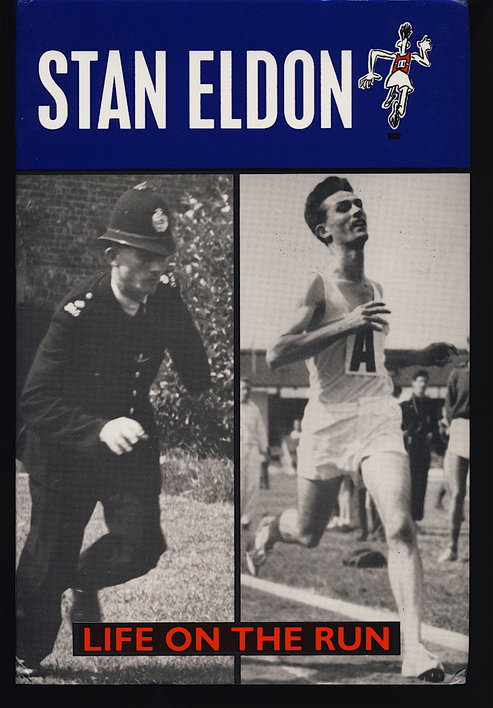
Stan Eldon Profile b. 1936 The British distance-running scene was already at a pinnacle in the mid 1950s, with such stars as Pirie, Chataway, Ibbotson and Sando. So when Stan Eldon suddenly appeared on the scene in 1958, it was quite a surprise to see him challenging these top runners with such assertive front-running tactics—and more often than not beating them. Seldom has a runner appeared on the scene with such aggressive tactics. The press took notice of this courageous newcomer who tried to run the stars into the ground, playing up the fact that he was a policeman.
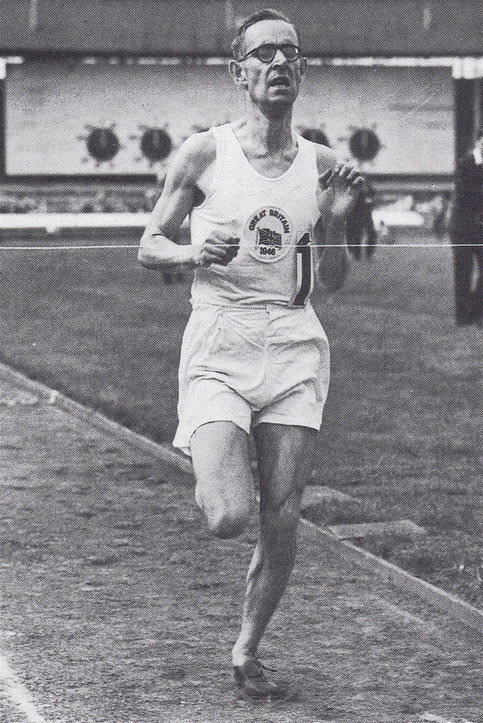
Sydney Wooderson New Profile 1914-2006 One of the great all-time British runners, Sydney Wooderson would surely be even more celebrated today had he been able to compete fully fit in an Olympic Games. Unluckily, in the only Games he qualified for, the 1936 Berlin Games, he ran with a broken bone in his foot and didn’t qualify for the 1,500 final. The next two projected Games in 1940 and 1944, when he would have been at his peak, were not held because of war. There is little doubt that he could have been an Olympic champion, for he almost always rose to the occasion of a major race. He won both times he entered the European championships, with victories in the 1,500 in 1938 and in the 5,000 in 1946. As well, as a 19-year-old he earned a silver medal in the 1934 Empire Games. Then there were his world records: 1:48.4 for 800m and 1:49.2 for 880 yards (both in the same 1938 race) and 4:06.4 for the Mile.

The Cold War Track Series 1958-1965 At the height of the cold war, the USA and USSR engaged in a series of dual track meets that saw some of the most intense competition in the whole history of the sport. Sports Illustrated came to regard this almost annual meet as “The most important track meet the US takes part in except for the Olympic Games.” (July 27, 1964) Kenny Moore, the great American track writer, called it “One of the Cold War’s great events.” (p. 109) By 1958, when the series began, the cold war was reaching fever pitch. The threat of a nuclear holocaust was on everyone’s mind. And the two great nations were learning how to deal with each other’s nuclear ability. In some ways, the athletic competition became a non-military battle with propaganda well to the fore. Thus the competition was intense. Before the first encounter in 1958, American coach George Eastment told the US team, “There are international tensions in the world and today is very important.” (Sports Illustrated, Aug 4, 1958)
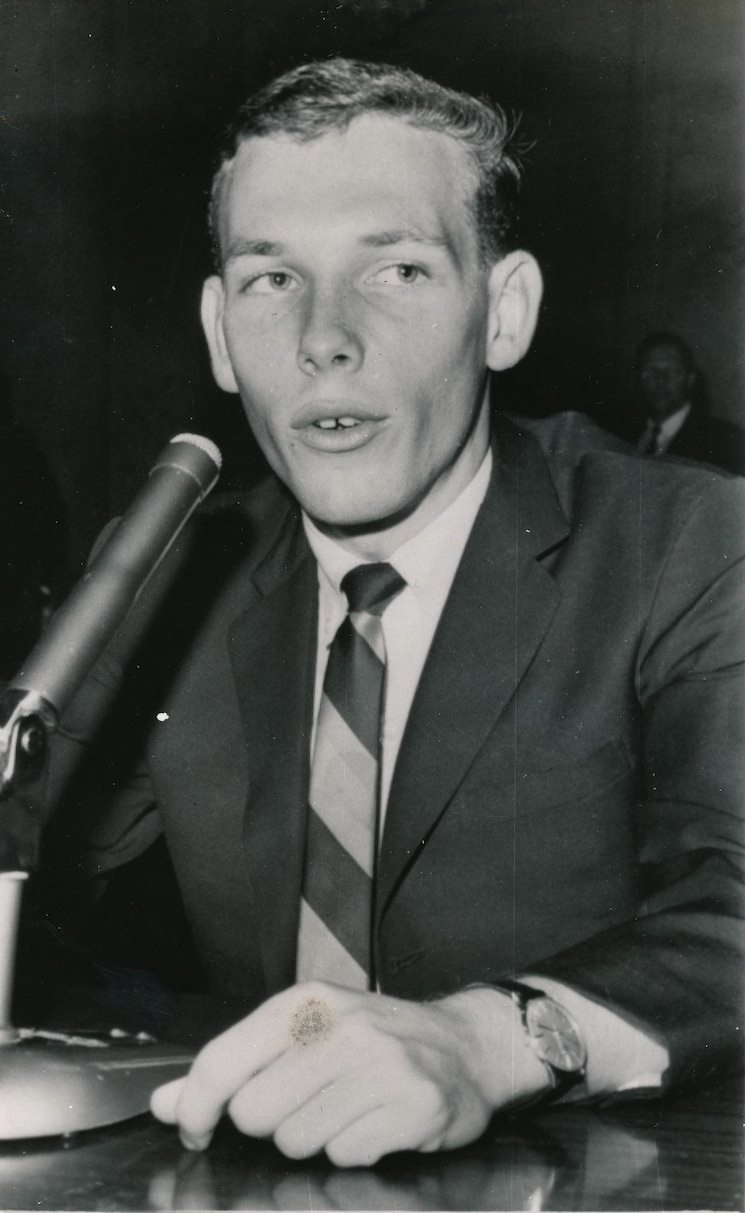
Tom Farrell Profile b. January 18, 19445’7”/1.70, 140lbs/63.5kg Tom Farrell testifies to the Senate Commerce Committee in 1965.When American 800-runnerTom Farrell arrived at Mexico City for the 1968 Olympics, he believed he was going to win. He had good reasons for this belief. He was in the form of his life and in the US trials he had just had a comfortable win in a PB 1:46.5, the fastest altitude time in the world so far that year. And with good finishing speed, he had confidence from winning many important races in the US. He also brought Olympic experience, having run a creditable fifth in the previous Olympics in Tokyo when only 20 years old.
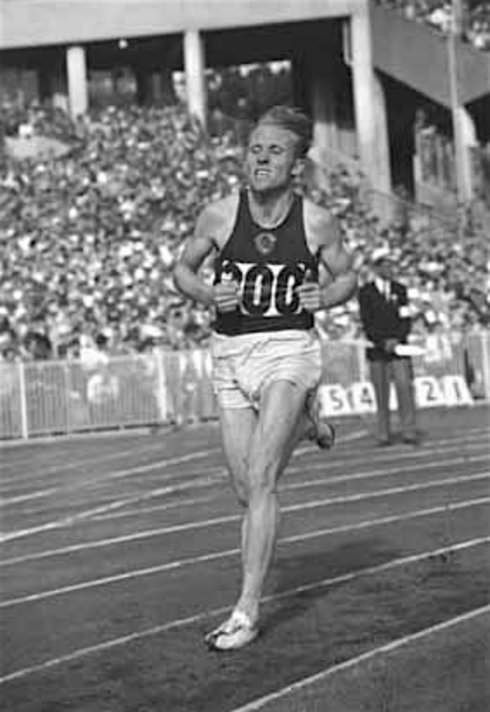
PROFILE: VLADIMIR KUTS1927-1975 (Note: Some of the available material on Kuts was clearly tainted by cold-war propaganda. Some details I’ve used might not be completely correct.)The son of Ukraine factory workers, Kuts joined the Red Army at 16 when his town was invaded by the German army. He was on the way to artillery school when his train was bombed. He was long thought dead. When the war ended in 1945 he joined the navy and started running. Once his ability was noticed, the well-known coach Leonid Khomenkov took him under his wing.Vladimir Kuts was on the international distance-running scene for only a few years, but in those years he was the undeniable world leader. A fierce and tough competitor—like Lovelock he was also a boxer—he had nevertheless one Achilles heel: he could be beaten on the run-in. Still, he retired with two Olympic golds, a European gold and five WRs. He broke the 5,000 WR four times, improving it from 13:57.2 to 13:35.0 over three years. His 13:35 WR stood from 1957 to 1965.